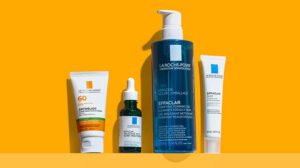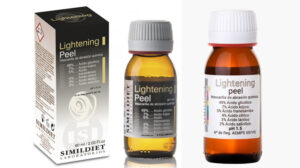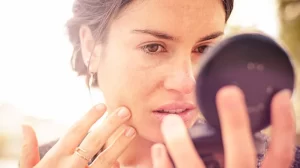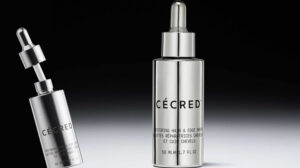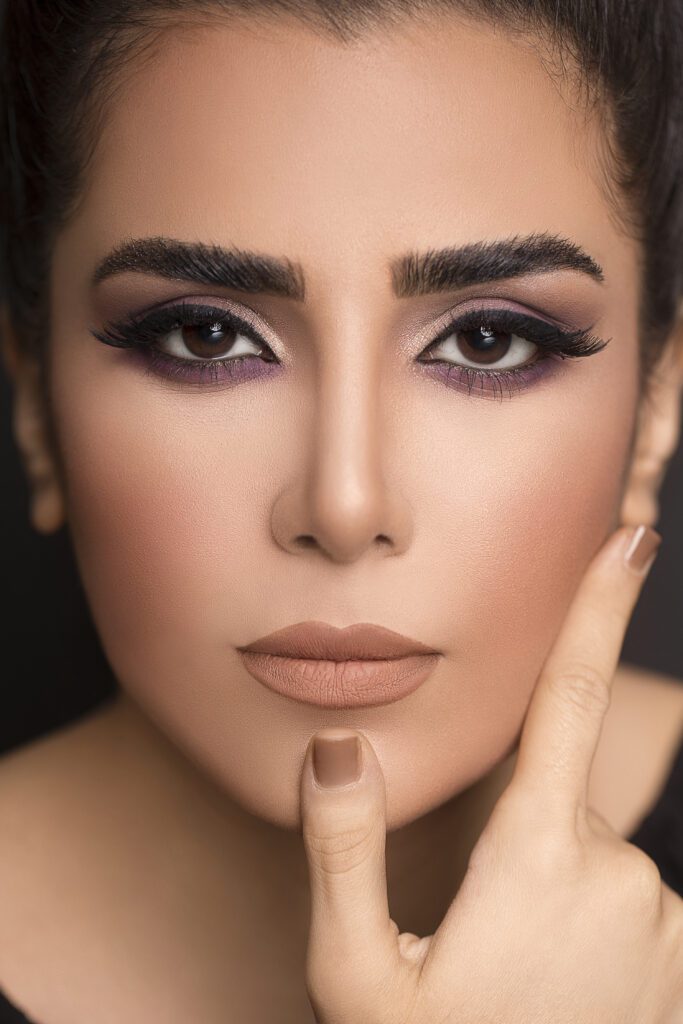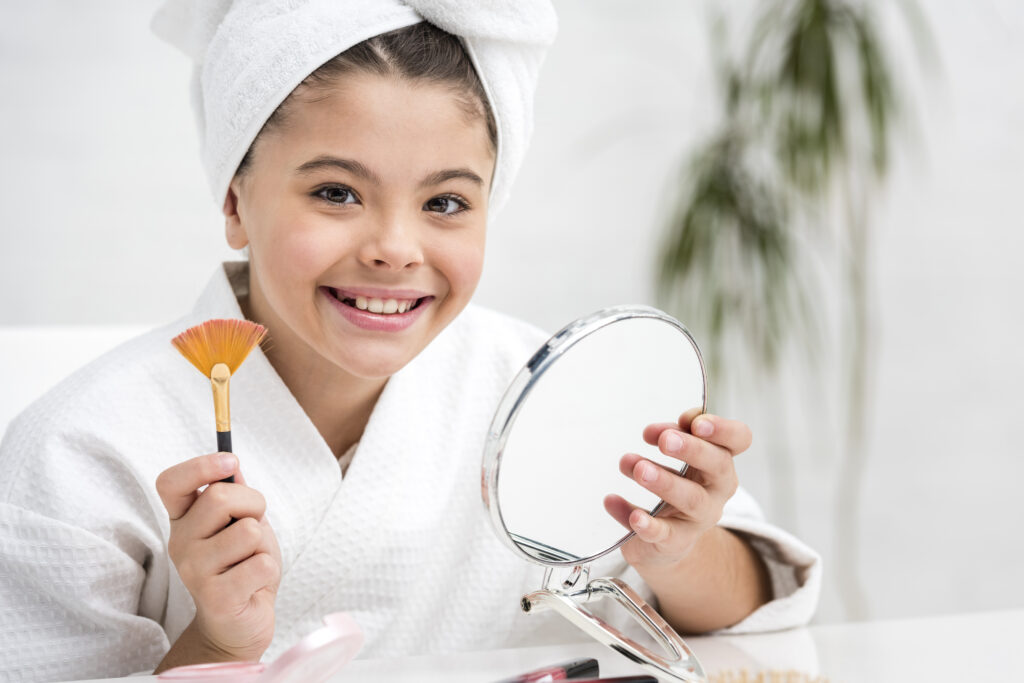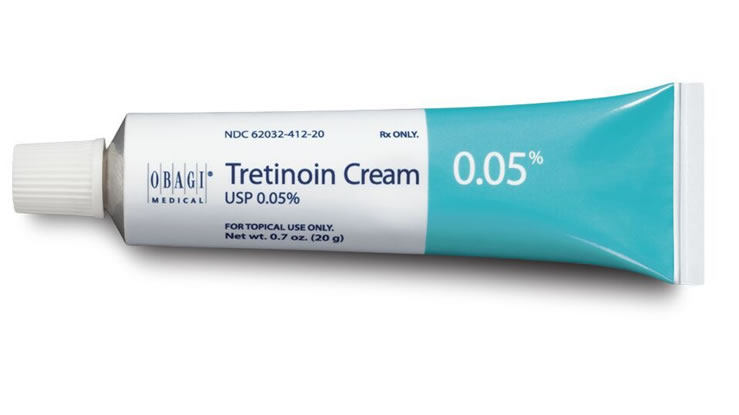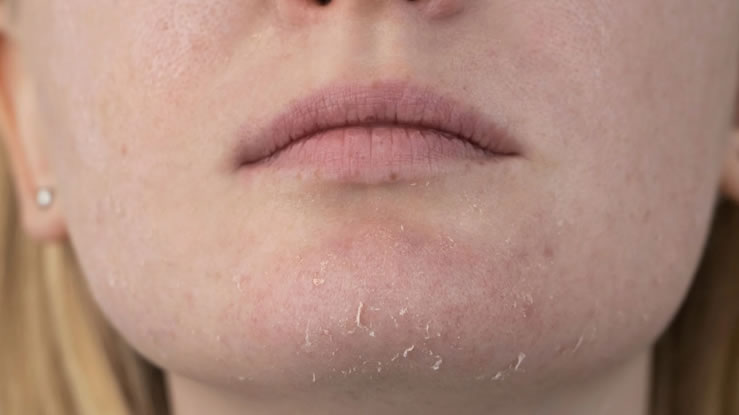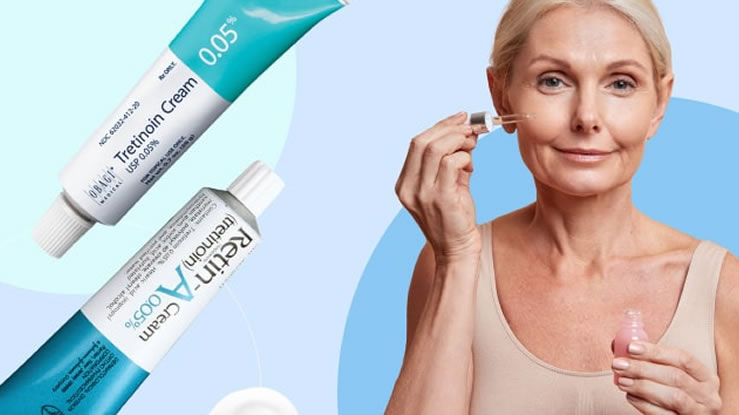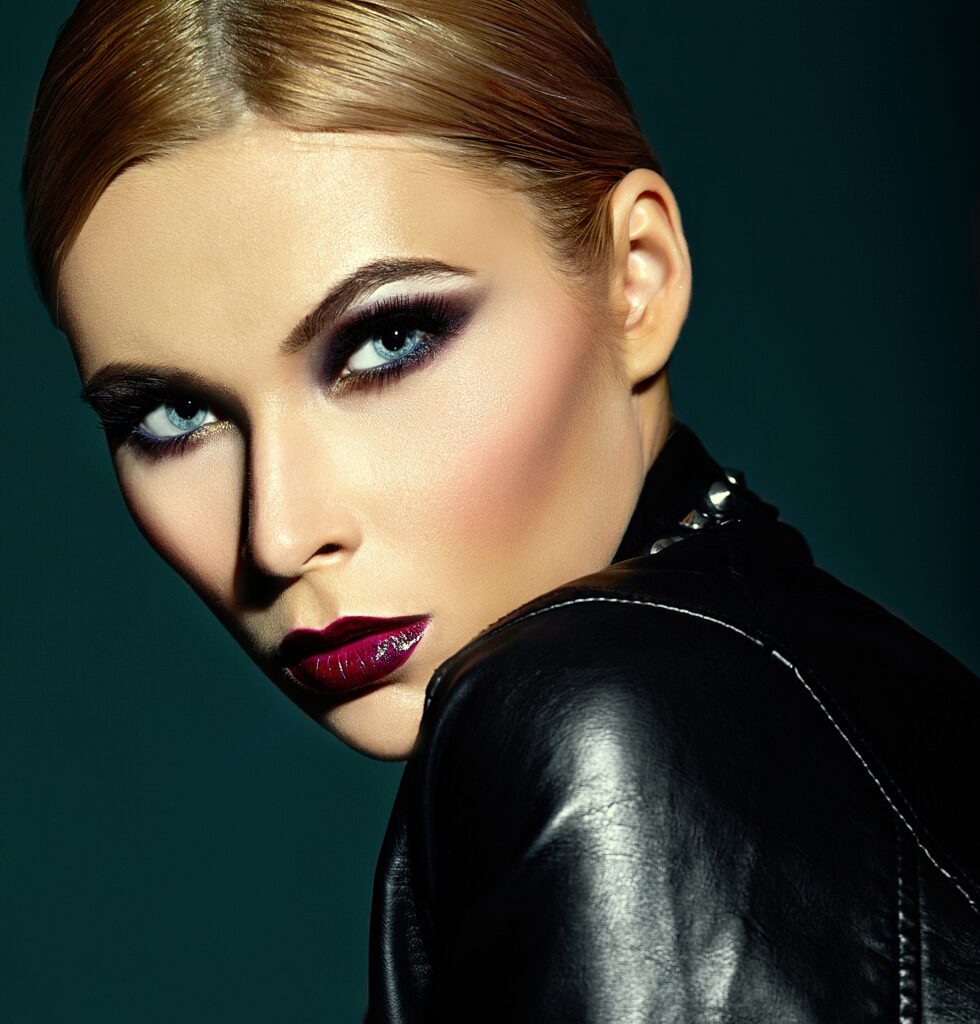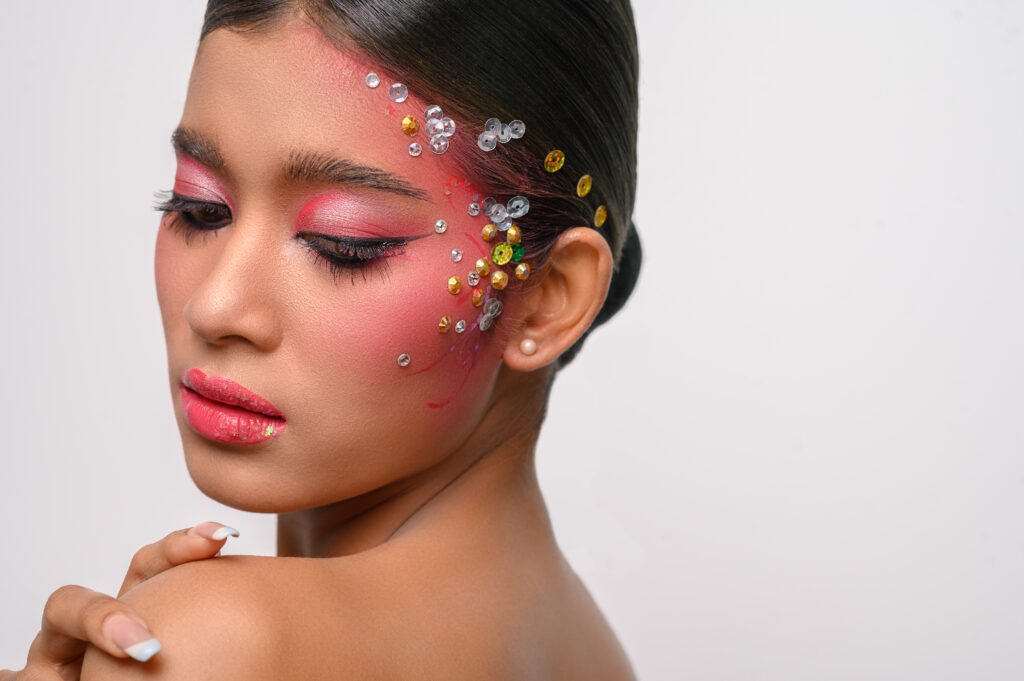Hair loss is one of the most common cosmetic concerns across the world. For many, it can affect self-esteem and confidence. As a result, treatments that promise to slow down shedding or promote regrowth often draw attention. Among these, topical minoxidil is one of the most widely known.
But does topical minoxidil really work, or is it just another product with more promises than results? The answer lies in science, clinical studies, and real-world experiences.
What Is Topical Minoxidil?
Topical minoxidil is a liquid or foam applied directly to the scalp. It was originally developed as an oral medication for high blood pressure. Doctors noticed that patients taking it experienced unexpected hair growth, which led to the creation of topical forms for treating hair loss.
Today, minoxidil is sold under various brand names, with concentrations typically at 2 percent or 5 percent. It is approved for both men and women, though the recommended strength can vary.
How Does Topical Minoxidil Work?
The exact way minoxidil stimulates hair growth is still not fully understood. What researchers do know is that it improves blood circulation in the scalp, which may deliver more nutrients and oxygen to hair follicles.
It also appears to extend the growth phase of the hair cycle, known as the anagen phase. This means hair can grow thicker and stay longer before shedding.
By activating dormant follicles, minoxidil may also encourage new growth in areas where thinning has begun.
Read Also>>>What is best for hair growth and stop hair fall?
Who Can Benefit From Topical Minoxidil?
Topical minoxidil works best for certain types of hair loss.
-
Male pattern baldness: Men with thinning on the crown or a receding hairline may see improvement.
-
Female pattern hair loss: Women with diffuse thinning often notice regrowth when using it consistently.
-
Age-related thinning: It may slow down loss in older adults experiencing natural shedding.
-
Stress or hormonal changes: In some cases, minoxidil can help recovery from temporary thinning.
It is less effective for people who are completely bald or who have lost hair for many years.
How Effective Is Topical Minoxidil?
Research shows that topical minoxidil can be effective when used correctly. Clinical trials have demonstrated significant improvement in both hair density and thickness.
For example, studies show that around 40 percent of men using 5 percent minoxidil experience moderate to dense regrowth after several months. Women using 2 percent also report noticeable improvement.
That said, results vary. Some people respond very well, while others may see only minimal changes.
Timeframe for Results
Patience is essential when using minoxidil. Most people do not see results immediately. It usually takes at least three to six months of consistent use before improvements appear.
In the early weeks, some may even notice increased shedding. This is often a sign that weaker hairs are being pushed out to make way for stronger new growth.
For best outcomes, treatment should be continued for at least a year before evaluating success.
Does Minoxidil Work for Everyone?
No, topical minoxidil does not work for everyone. Genetics play a large role in hair loss, and some individuals may not respond. Those with long-standing bald patches often do not see regrowth.
It is most effective in the early stages of thinning. Once follicles are completely inactive, topical treatment is less likely to help.
Scientific Evidence Supporting Minoxidil
Minoxidil is one of the most studied hair loss treatments available. Clinical trials and dermatology research have consistently shown positive outcomes.
-
A 5 percent solution has been proven to be more effective than a 2 percent solution for men.
-
Women respond well to 2 percent, though 5 percent foam is also sometimes prescribed.
-
Long-term studies show that continuous use maintains results, while stopping often leads to renewed shedding.
This body of research confirms that topical minoxidil is not a placebo but a proven medical treatment.
Common Misunderstandings About Minoxidil
There are several misconceptions that can confuse people considering minoxidil.
-
Myth: It gives instant results. Reality: It requires consistent use for months.
-
Myth: Hair will keep growing even after stopping. Reality: Once discontinued, any regrown hair usually falls out.
-
Myth: It works for all types of hair loss. Reality: It is most effective for genetic thinning, less so for scarring alopecia.
-
Myth: More product means better results. Reality: Using more than prescribed does not increase effectiveness.
Clearing up these misunderstandings helps set realistic expectations.
Side Effects of Topical Minoxidil
Most people tolerate minoxidil well, but side effects can occur. The most common are:
-
Scalp dryness or irritation
-
Itching or redness at the application site
-
Flaking similar to dandruff
Rarely, people may experience dizziness or unwanted facial hair growth if the solution spreads beyond the scalp. These effects usually improve once usage is adjusted or discontinued.
How to Apply Minoxidil for Best Results
Application technique matters for success.
-
Ensure the scalp is clean and dry before applying.
-
Use the recommended dosage, usually 1 ml twice daily.
-
Apply directly to thinning areas, not the hair shafts.
-
Massage gently to improve absorption.
-
Wash hands thoroughly after application.
Consistency is critical. Skipping doses reduces effectiveness.
Foam vs Solution
Minoxidil comes in both liquid solution and foam. Both are effective, but some users prefer foam because it is less greasy and dries quickly. Those with sensitive skin sometimes tolerate foam better.
The choice often comes down to comfort and ease of use.
Can Minoxidil Be Combined With Other Treatments?
Yes, many people combine minoxidil with other hair loss treatments for better outcomes.
-
Finasteride: A common oral medication for men that blocks the hormone linked to hair loss.
-
Low-level laser therapy: Can stimulate follicles alongside minoxidil.
-
PRP therapy: Platelet-rich plasma injections sometimes enhance regrowth when combined.
Dermatologists often recommend a combination approach tailored to individual needs.
Lifestyle Factors That Influence Results
Healthy habits can support the effectiveness of topical minoxidil.
-
Balanced nutrition ensures follicles receive essential vitamins and minerals.
-
Regular scalp care keeps the environment healthy for growth.
-
Stress management helps reduce shedding linked to emotional or physical strain.
While minoxidil does most of the work, lifestyle plays a supporting role.
What Happens If You Stop Using Minoxidil?
One of the most important points about minoxidil is that its results are not permanent. Once treatment stops, regrown hair usually falls out within months.
This means long-term use is required to maintain benefits. Many people view it as a lifelong commitment if they want to preserve their gains.
Does Topical Minoxidil Work Better for Men or Women?
Both men and women can benefit, but response rates may differ. Men often see stronger regrowth with the 5 percent solution. Women usually start with 2 percent, though 5 percent foam has also shown good results.
The key is early treatment. Both genders respond best when minoxidil is introduced before thinning becomes severe.
Cost and Accessibility
Minoxidil is widely available and relatively affordable compared to other treatments like hair transplants. Generic versions cost less than branded ones, making it accessible to many.
Because it is available over the counter in most countries, people can begin treatment without a prescription, though medical advice is still recommended.
Who Should Avoid Minoxidil?
Not everyone is a candidate for topical minoxidil.
-
Pregnant or breastfeeding women should avoid it.
-
Those with scalp conditions may need medical guidance first.
-
People with allergies to ingredients in the solution should not use it.
Consulting a doctor before starting is always the safest step.
Real-World Experiences
Beyond clinical trials, countless real-world users report positive outcomes. Online communities are filled with stories of improved density, slowed shedding, and renewed confidence. At the same time, there are also accounts of disappointment from those who did not respond.
This mix shows that while minoxidil works for many, it is not universal.
So, does topical minoxidil really work? The evidence says yes. For men and women with early to moderate hair loss, minoxidil can stimulate regrowth, thicken existing hair, and slow down shedding.
It is one of the few treatments backed by scientific research and approved by regulatory bodies worldwide. Yet it is not a miracle solution. Results vary, it requires consistent use, and benefits disappear if treatment stops.
For those looking for a non-surgical, accessible option, topical minoxidil remains one of the most reliable tools available in the fight against hair loss.



